March 24, 2025: Heather Costa, Director of Technology Resilience at Mayo Clinic, shares her journey of rebranding her team from "disaster recovery operations" to "technology resilience operations," emphasizing that cyber incidents require a fundamentally different approach than physical disruptions. The conversation delves into the challenges of communicating technical needs with clinical staff, with Heather explaining her philosophy of "meeting people where they are" and focusing on their work rather than the technology. As cyber threats continue to evolve, Heather offers insights into building resilient systems that minimize disruption to patient care.
Key Points:
Donate: Alex’s Lemonade Stand: Foundation for Childhood Cancer

Questions about the Podcast?
Contact us with any questions, requests, or comments about the show. We love hearing your feedback.

© Copyright 2024 Health Lyrics All rights reserved